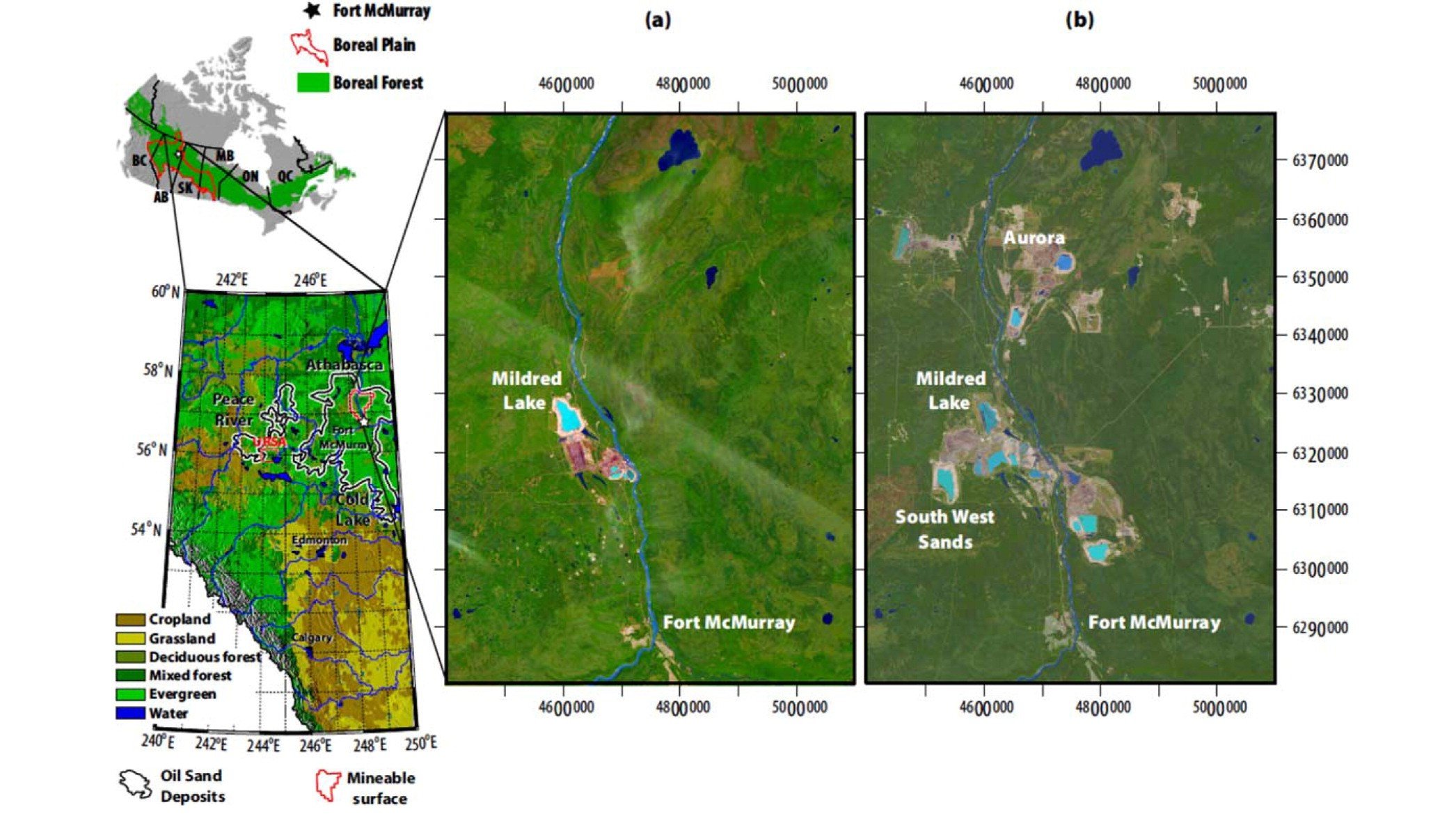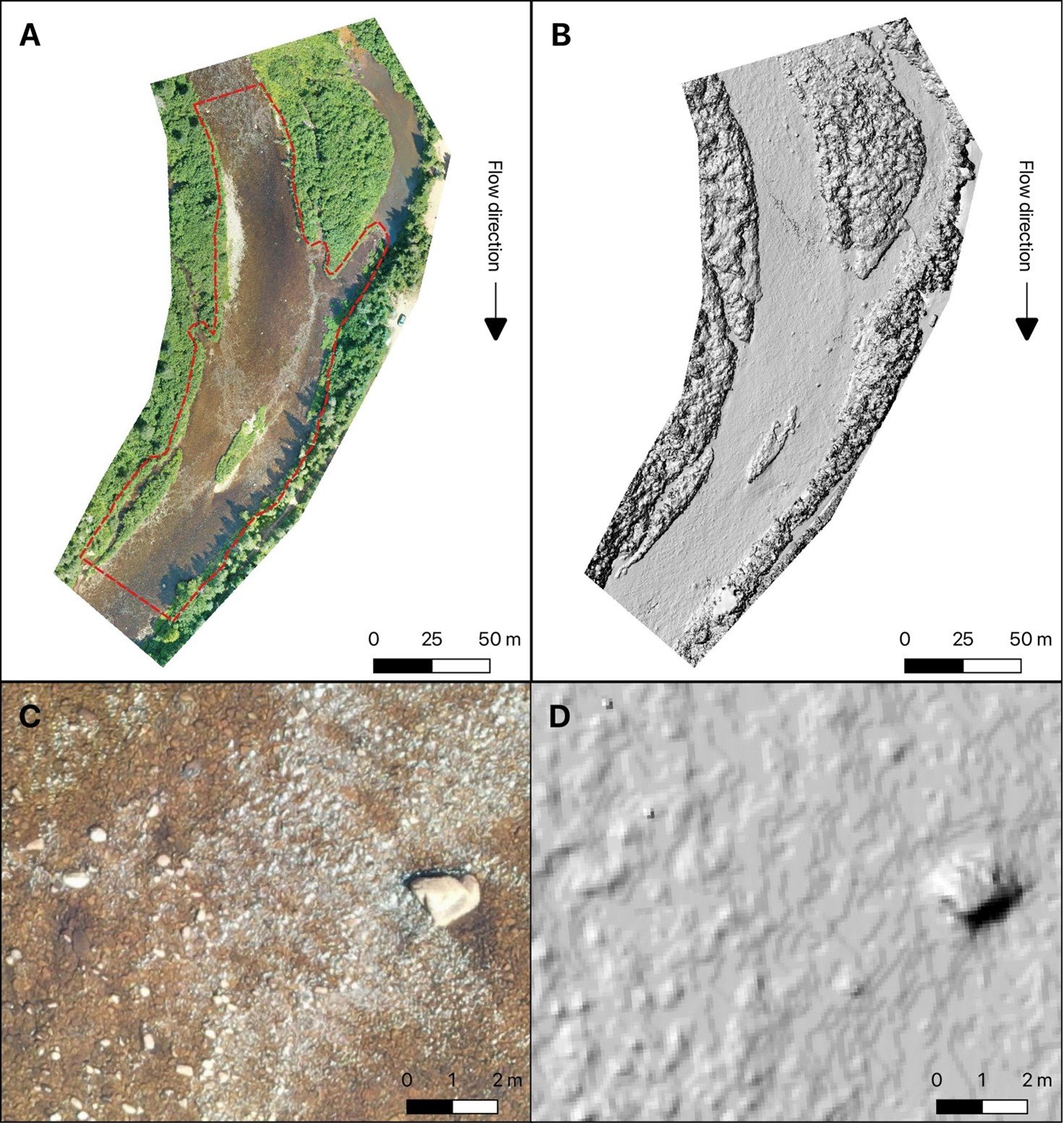

HGS RESEARCH HIGHLIGHT – Reclamation for aspen revegetation in the Athabasca oil sands: Understanding soil water dynamics
We’re pleased to highlight this publication which focuses on understanding soil water dynamics in reclaimed landscapes within the Athabasca oil sands region using unsaturated flow modeling. The study explores how different reclamation strategies affect soil water availability and water table fluxes— critical components for supporting aspen revegetation, a key species in boreal forest ecosystems.

HGS RESEARCH HIGHLIGHT – Reactive transport modelling of acid mine drainage within discretely fractured porous media: Plume evolution from a surface source zone
This paper investigates the fate and transport of acid mine drainage (AMD) through fractured porous media using a discrete fracture network (DFN) modelling approach. This research addresses a critical environmental challenge in mining regions— predicting how acidic contaminants generated by sulphide mineral oxidation migrate through complex geological formations and interact with host rocks over time.

Staff Research Highlight - A Continuous Differentiable Formulation for Seepage Face Boundary Conditions in Dynamic Groundwater Systems
This research by Aquanty staff introduces a continuously differentiable formulation for seepage face boundary conditions in dynamic groundwater systems. Traditional approaches often model seepage faces with abrupt boundary transitions, leading to numerical instabilities, convergence issues, and computational inefficiencies in transient groundwater simulations. This research presents a novel approach that ensures smooth transitions between saturated and unsaturated zones, improving the stability and accuracy of numerical groundwater models.

Staff Research Highlight - A dynamic meshing scheme for integrated hydrologic modeling to represent evolving landscapes
Aquanty is pleased to introduce a novel dynamic meshing scheme for integrated hydrologic modelling with HydroGeoSphere to better represent evolving landscapes. The approach addresses a major challenge in modelling human-altered environments, particularly in regions undergoing rapid changes such as open-pit mining sites, land reclamation zones, or urban developments. Traditional hydrologic models often rely on static mesh geometries, limiting their ability to capture changes in topography and subsurface structure over time. This research proposes a more flexible, adaptive framework capable of simulating surface and subsurface hydrologic responses to complex engineering activities.

HGS RESEARCH HIGHLIGHT – Modeling fate and transport of E. coli in a small watershed with grazing lands around a pond
This research investigates the fate and transport of E. coli in a small watershed with grazing lands surrounding a pond, using HydroGeoSphere (HGS) to develop a mechanistic numerical model. Understanding how E. coli moves through surface and subsurface water systems is crucial for managing microbial contamination risks in agricultural watersheds, where livestock activities can significantly impact water quality.

HGS RESEARCH HIGHLIGHT – Monetizing the role of water in sustaining watershed ecosystem services using a fully integrated subsurface–surface water model
This research, co-authored by David R. Lapen, Susan Preston, Tariq Aziz, and Steven K. Frey, highlights the role of subsurface water in sustaining ecosystem services during droughts. Using HydroGeoSphere (HGS), the team analyzed the South Nation Watershed (SNW) in eastern Ontario, emphasizing how subsurface water supports evapotranspiration in agricultural landscapes.

HGS RESEARCH HIGHLIGHT – Numerical analysis of thermal response tests with groundwater flow and heat transfer model
This research, co-authored by J. Raymond, L. Gosselin, R. Lefebvre, and Aquanty’s René Therrien, explores how thermal response tests (TRTs) can be enhanced by employing HydroGeoSphere (HGS), our advanced modelling platform, to simulate coupled groundwater flow and heat transfer processes under complex geological settings. The study investigates the limitations of traditional line-source models, particularly in heterogeneous subsurface conditions, and introduces a numerical modelling approach to improve the accuracy of TRT analyses.

Staff Research Highlight - Spatiotemporal estimation of groundwater and surface water conditions by integrating deep learning and physics-based watershed models
We’re pleased to highlight this publication, co-authored by Aquanty’s senior scientist, Hyoun-Tae Hwang, which focuses on the integration of deep learning (DL) models with physics-based hydrological models to enhance the efficiency of estimating spatiotemporal groundwater and surface water conditions.

Staff Research Highlight - Effects of soil heterogeneity and preferential flow on the water flow and isotope transport in an experimental hillslope
We’re pleased to highlight this publication, co-authored by Aquanty’s senior scientist, Hyoun-Tae Hwang, which examines the water sources and threshold behaviours of streamflow generation in a mountain headwater catchment.

HGS RESEARCH HIGHLIGHT – The HypoSalar project: Integrating hyporheic exchange fluxes into Atlantic salmon (Salmo salar) spawning habitat models
In this research highlight ultra-fine resolution HydroGeoSphere models are used to simulate hyporheic exchange fluxes in river reaches used by Atlantic salmon for spawning. The HypoSalar project is contributing to demonstrate that the capabilities of HydroGeoSphere are not exclusively related to the field of hydrogeology, but can be used for both fluvial geomorphology and ecological studies due to HydroGeoSphere's flexibility and superior modeling approach.
